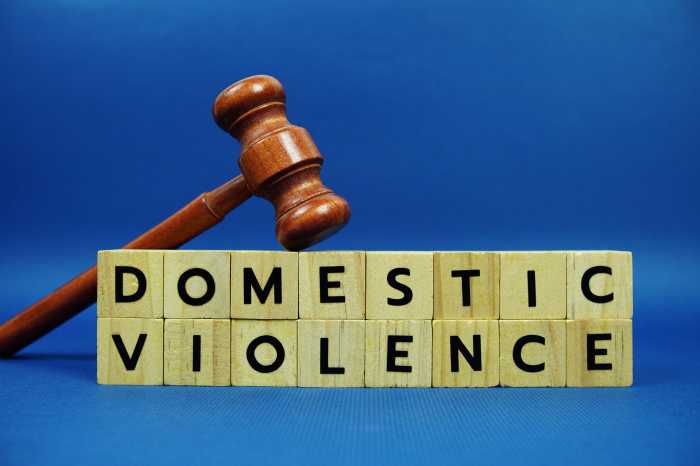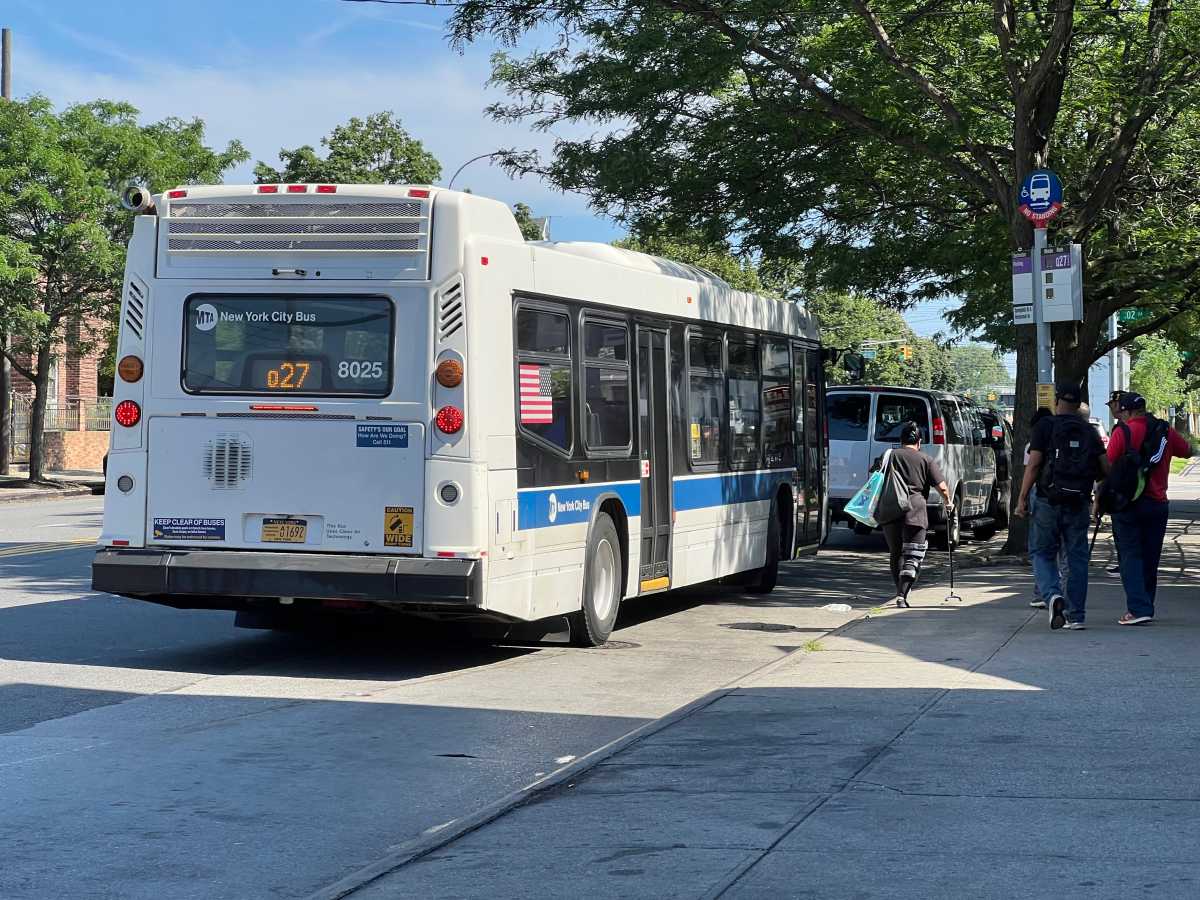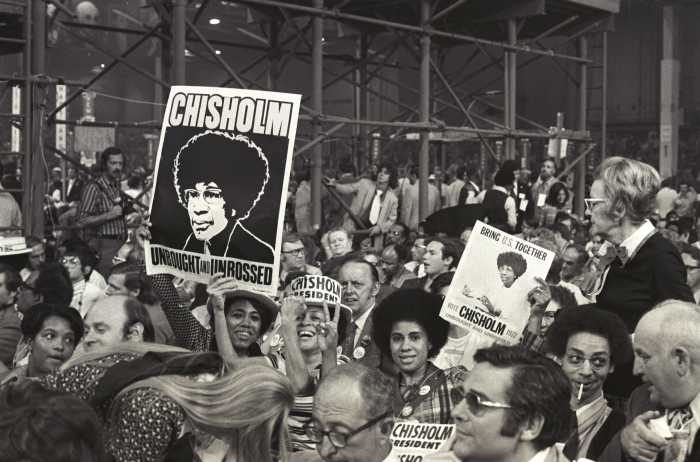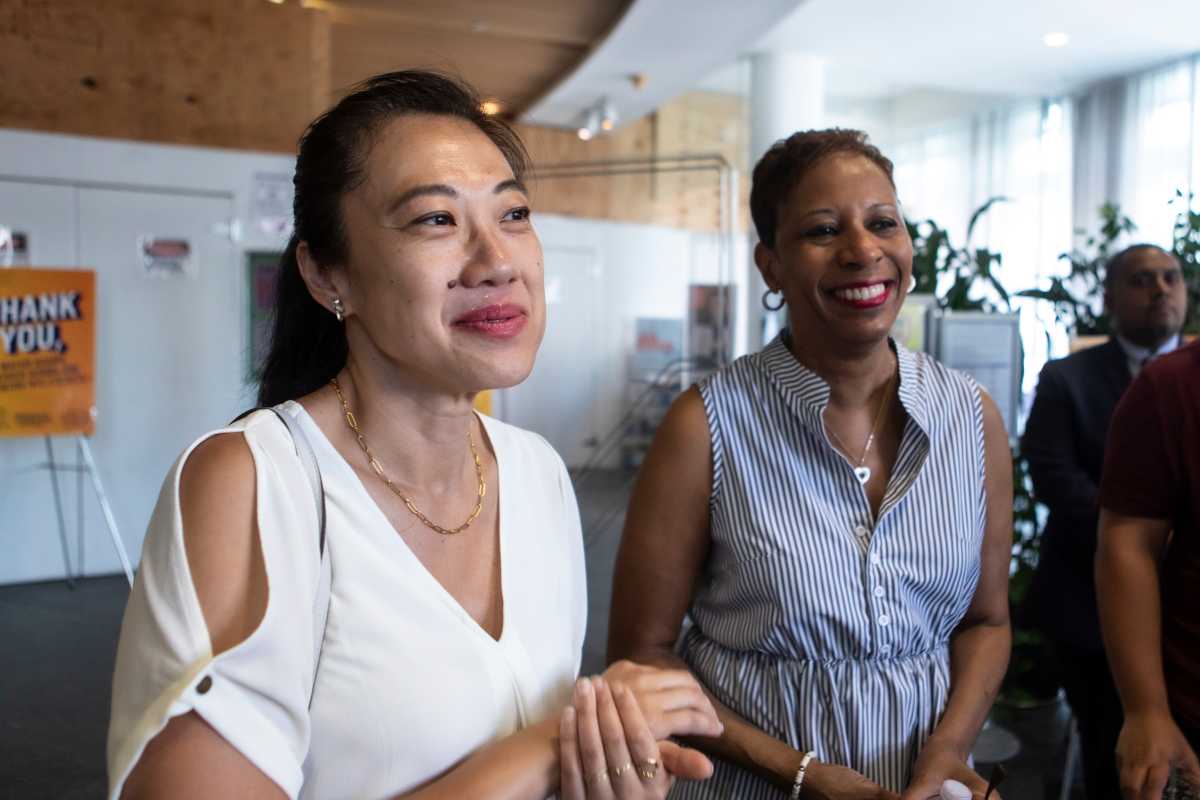BY KAITLYN MEADE | Verizon plans to finish repairing most of the damaged phone lines in Lower Manhattan by the end of January, but the wounds from Superstorm Sandy are far from closed.
When Sandy’s storm surge flooded areas of Lower Manhattan, deluging basements with saltwater, much of the communications network was destroyed. In the following days, residents relied on mobile charging stations for cell phones to connect to the outside world. Twelve weeks after the storm, some people are still waiting on basic landlines.
And with Verizon working to run fiber optic cables across Lower Manhattan, community leaders and Verizon customers alike worry that Verizon is not spending its time or money wisely, which could mean more delays and higher rates.
Verizon, the phone and internet service provider to most of Lower Manhattan, recounted their progress before Community Board 1’s Executive Committee, as well as at a City Council hearing that focused on utilities and public services on Fri., Jan. 25.
“We took hundreds of millions of gallons of water into the subbasements of the Broad St. office and the West St. office,” said Chris Levendos, head of national operations and former chief engineer of the New York region at a meeting with Community Board 1 on Jan. 16.
Those offices, two of 18 office hubs in Manhattan, carry a large portion of Verizon’s Downtown data and voice traffic. The 104 Broad St. office has copper and fiber optic cables that extend up to Maiden Lane, and the 140 West St. office at Barclay and Vesey Sts. supplies service up to Franklin and N. Moore and cuts over at Worth St.
Verizon also reported that 95 percent of the copper cable infrastructure that aggregated back to Broad St. was destroyed, not only at the hub, but in the manhole and conduit systems, and at the points where the network connects inside each building, which is often located in the basement.
“The fact that they were damaged at all those locations just compounds the issues,” said Levendos. First, they fixed the hubs, getting West St. running in just 27 hours and Broad St. back online in 10 days. Immediately after that, the mostly-undamaged fiber optic network came back up along with those copper wires that had not been destroyed by seawater.
“It became a very quick determination for us that the way to recover faster was to replace all of this with fiber optics as quickly as possible,” Levendos said of the damaged copper infrastructure.
The advantages of fiber optics were explained as two-fold: First, the cables are more resilient to water damage, though the electronic equipment at either end is not. Second, the higher bandwidth means that the capabilities, especially for large commercial firms, are “almost limitless.”
“The challenge is not the fiber optic cables, we’ve actually run all of those,” he said, it’s the equipment that plugs into them. “We did not have 500 buildings worth of equipment sitting in a warehouse somewhere. In the immediate aftermath of the storm, we got on the phone around the world and told them what we needed. Some of the buildings that are working, their equipment did not exist before the storm.”
Verizon says 95 percent of phone and data services would be online in Lower Manhattan by the end of January, the exception being those buildings that Verizon cannot gain access to.
At the City Council’s Sandy hearing on Fri., Jan 21, Councilmember Margaret Chin expressed skepticism that Verizon was focusing its energy in the right place since it had filed a complaint when landlords denied them access to their buildings, several of which were severely damaged and were not in use, such as 2 Gold St. and 201 Pearl St.
Chin asked Richard Windram, Verizon’s director of government and external affairs, if the priority to get large commercial buildings online was delaying their ability to get service to small business and residential customers. Windram replied that they were talking to those building owners, and that the plan to get service restored as quickly as possible meant that they were simply trying to plan ahead, not giving priority to anyone.
Levendos noted that residential services will take “a little more time” but alternative wireless services will be offered until they can get the fiber optics connected or copper repaired. These free wireless alternatives include call forwarding, cell service and wireless broadband and are free of charge until the buildings are deemed to be back on the network.
But being back on the network in Verizon’s book does not necessarily mean that service has been restored to a customer.
Independence Plaza North resident Donald Jenner’s building, 310 Greenwich, is officially listed as “service restored” but he and several of his neighbors still do not have phone service. The reason is simple: he does not want fiber optic cables to replace the copper wires currently installed in his apartment.
“Customers are being told in Independence Plaza, if you want telephone service, point blank, you must have FIOS,” he said.
Jenner gets his Internet from EarthLink, which has an agreement with Verizon to use the copper wire network to resell internet service. In fact, Verizon must share the copper wire infrastructure with other companies to deliver phone and internet service. They do not have to share access to their fiber optic network.
“That’s my biggest problem with Verizon. If they replace the copper, [my internet service] goes away instantly,” he said.
In the meantime, he said he was being charged for service because he refused to have them complete the switch-over.
“I paid the bill in November thinking it was for October, but it was actually for November — when I did not have service,” Jenner said. But he was told that, “We consider this building to be restored, because FIOS is available” in his building, though not his apartment. He plans to dispute that claim in civil court in the coming weeks.
The advertisements going out to customers in areas equipped with fiber optics, said Jenner, is for a FIOS bundle, which means a phone line, Internet and a cable television connection for about $75-90 per month for the first year. Which is not a bad deal considering the costs of each line on its own. Jenner said he pays about $65 at the moment for two phone numbers, one of which is long distance. But that amount is regulated by the Public Services Commission, whose mandated rates Levendos claimed will not change for “plain old telephone service.”
A Verizon spokesperson later qualified that assertion, saying rates will be “very similar” to existing prices for phone and internet.
There are no such guarantees for Verizon’s FIOS bundles — after a year, the rates may get significantly higher.
It’s a public policy issue that has made Assemblymember Deborah Glick cautious, according to a letter sent out to her constituents in December. The letter detailed a lot of questions, but one of the more pointed ones concerns the “monopolistic aspects” of Verizon’s stated goal to put FIOS into every block and every home in New York City.
“It is my understanding that the phone companies are not required to lease space on its fiber optic network to competitors. Therefore, by removing copper lines it will be impossible for customers in those areas to have any choice about their phone service. This is a damaging change that creates a monopoly without public review,” Glick wrote.
While Verizon had mobile units and tents set up immediately following Hurricane Sandy, grassroots outreach has since died down, something that Verizon has since committed to addressing.
But perhaps the most agreed-upon criticism of the communication firm was also the most ironic. At both the City Council and Community Board level, Verizon was asked to keep people better informed about the changes taking place in their neighborhoods.
Community Board 1 suggested that Verizon set up booths in large housing complexes to make information more available to the average customer.
“There are these conspiracy theories going around. I think a lot of it happens to be the fact that people are calling up Verizon or calling up their officials, people that might not be as well versed as you,” Adam Malitz said at the C.B. 1 meeting. “If they had you there to answer their questions, they won’t go, ‘Well this is Verizon trying to screw me over.’”






































